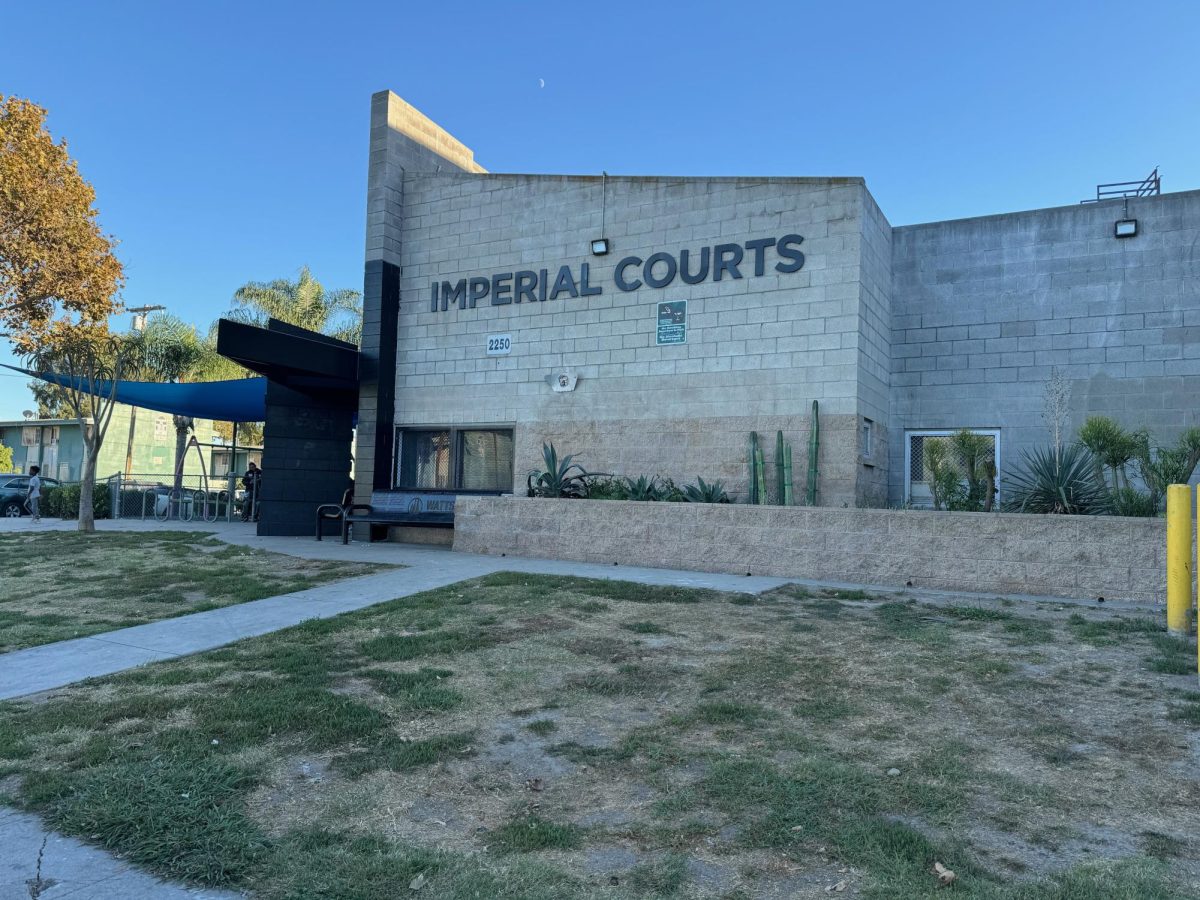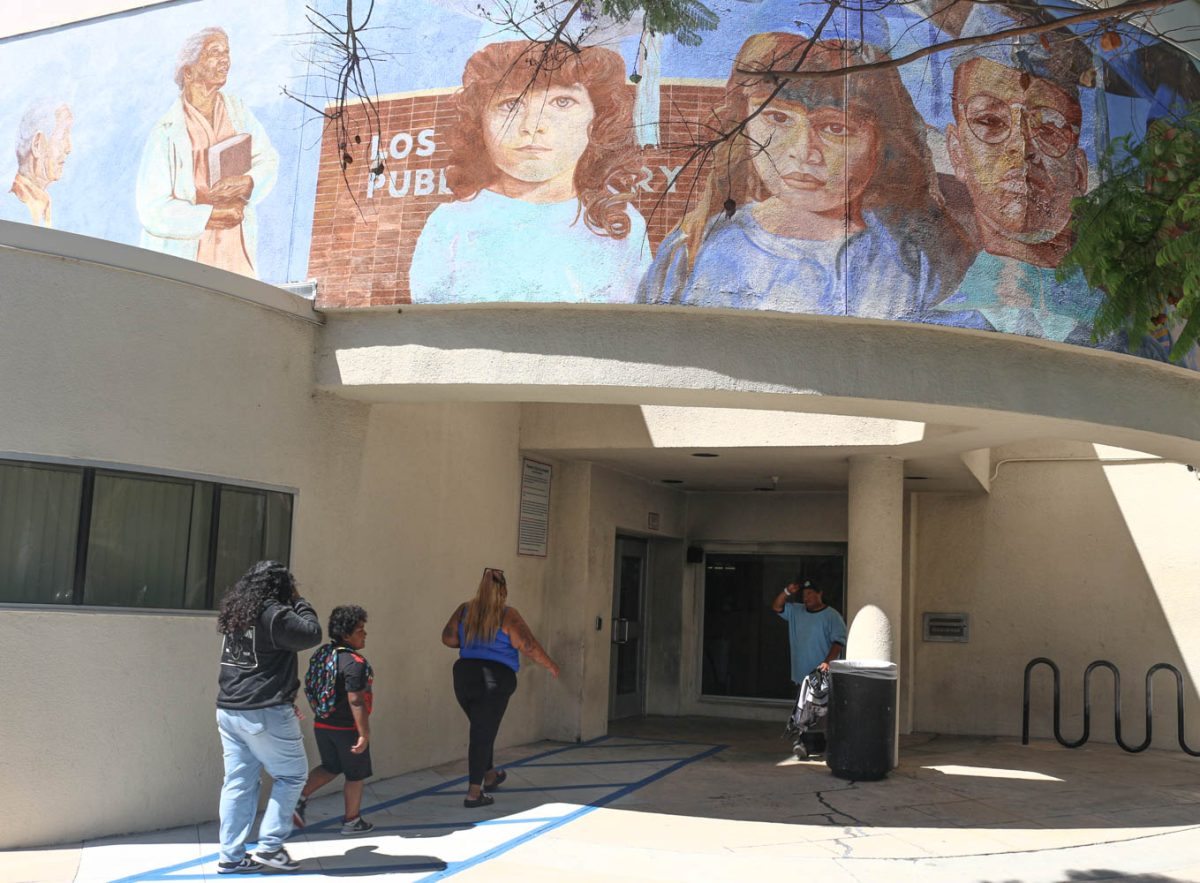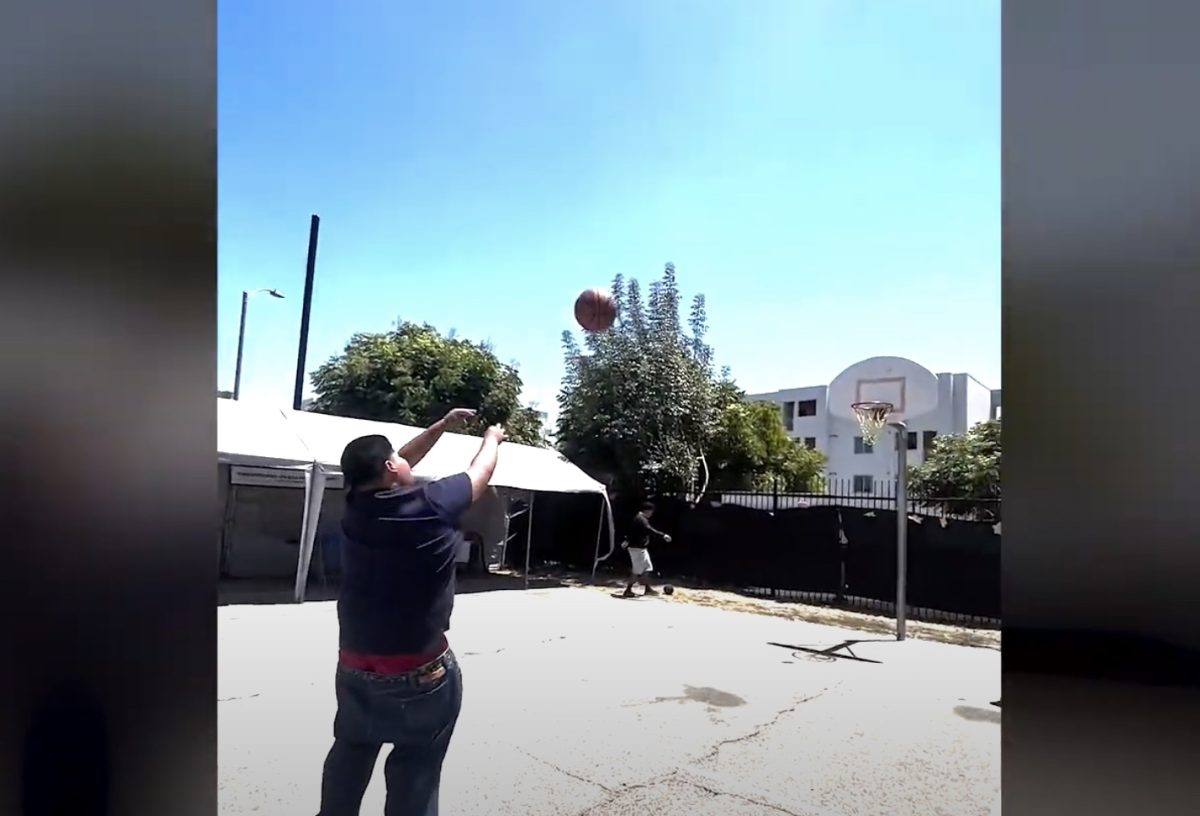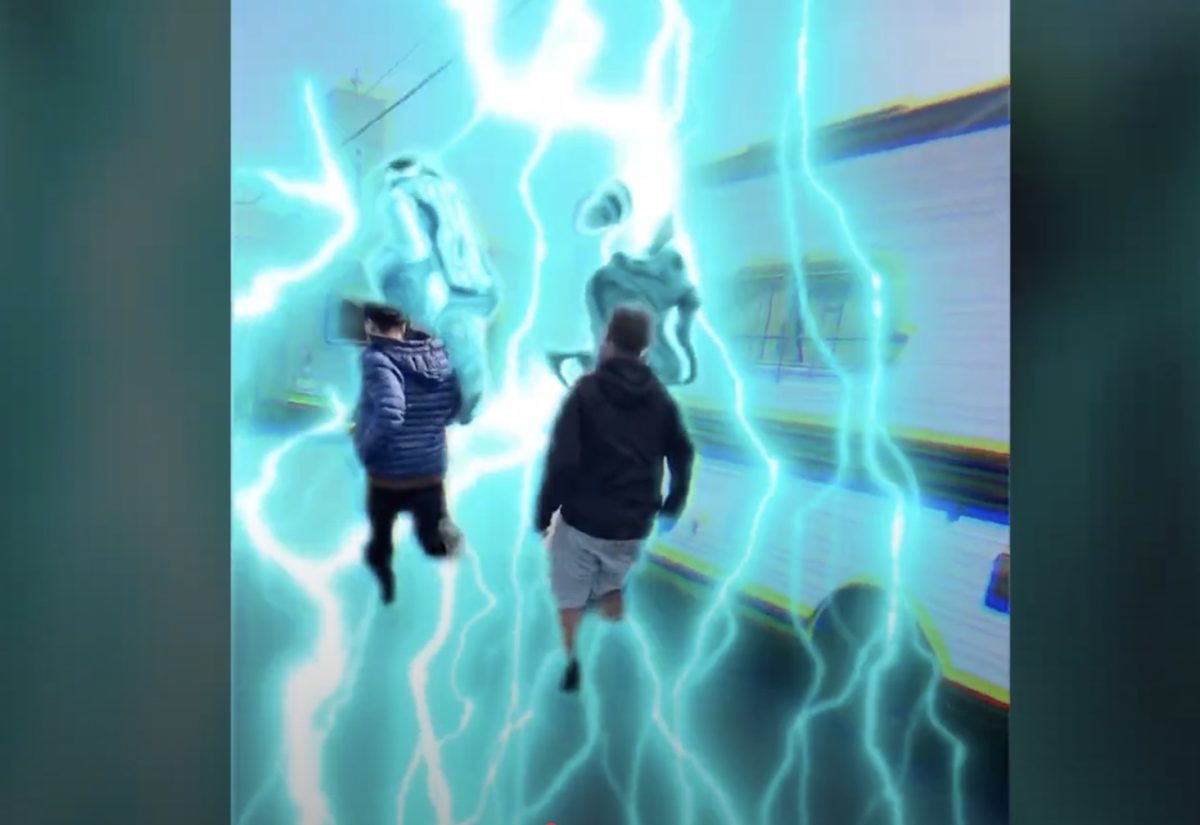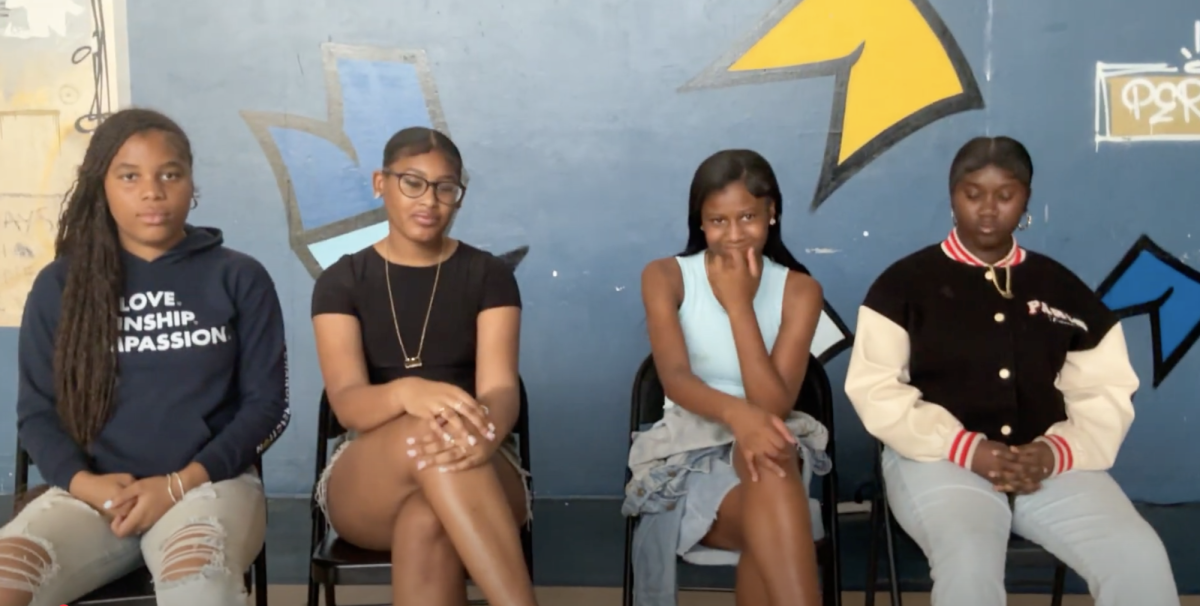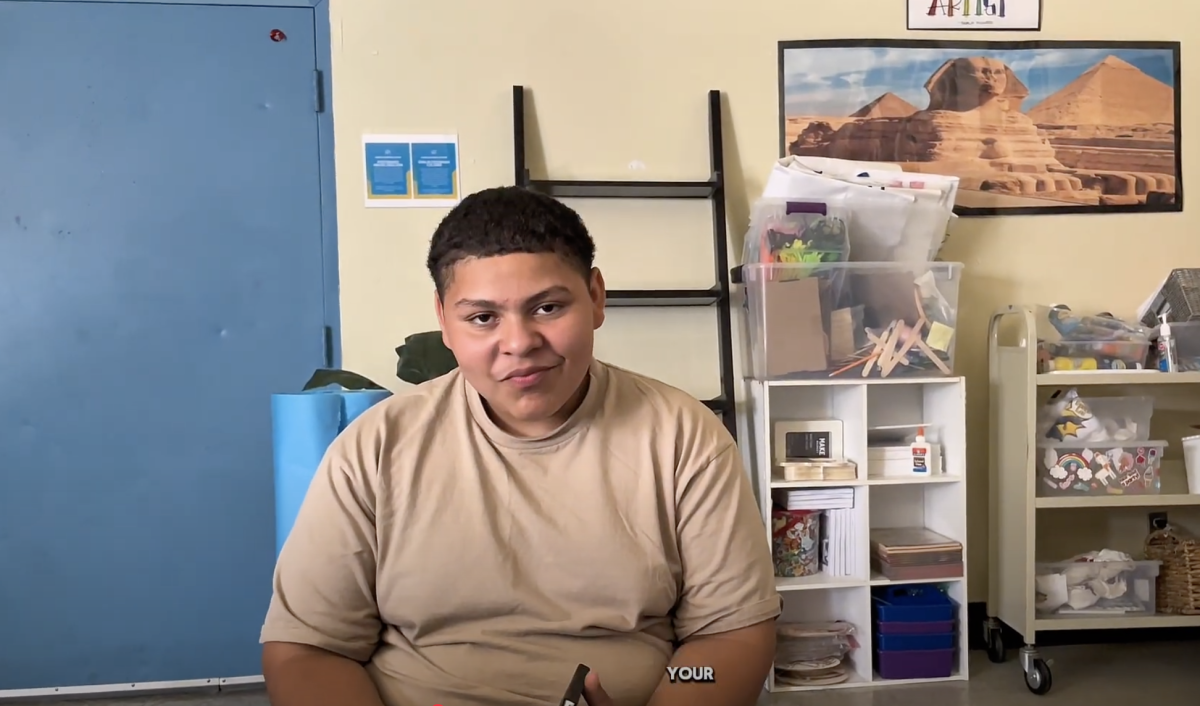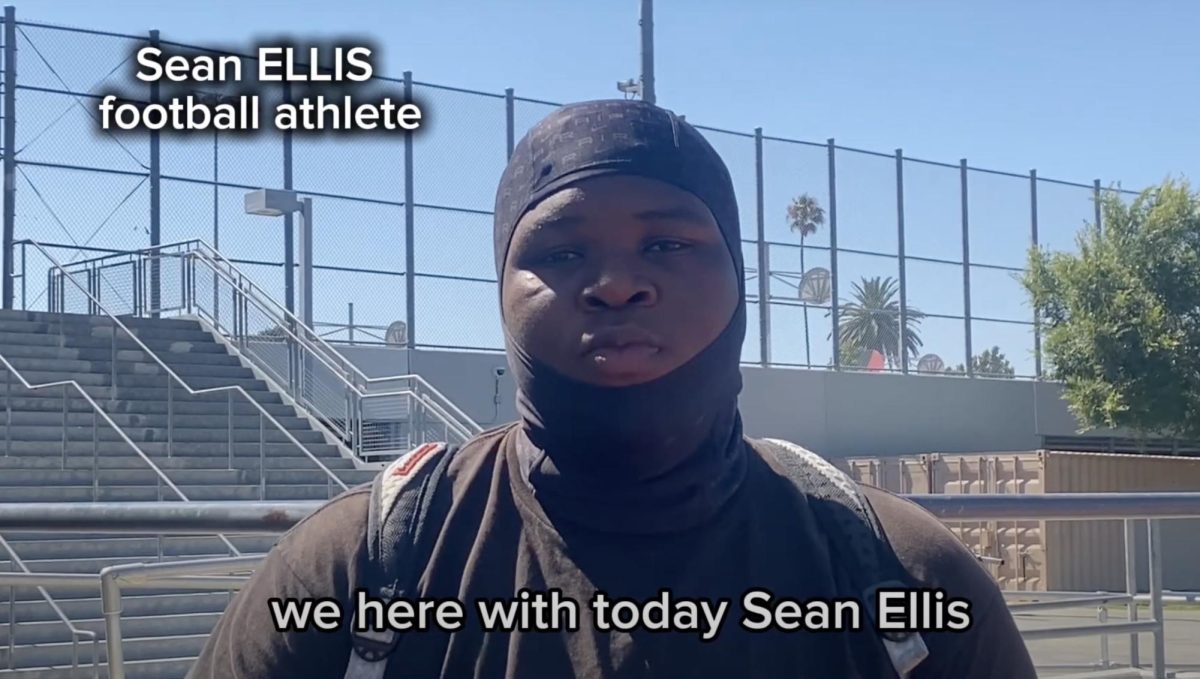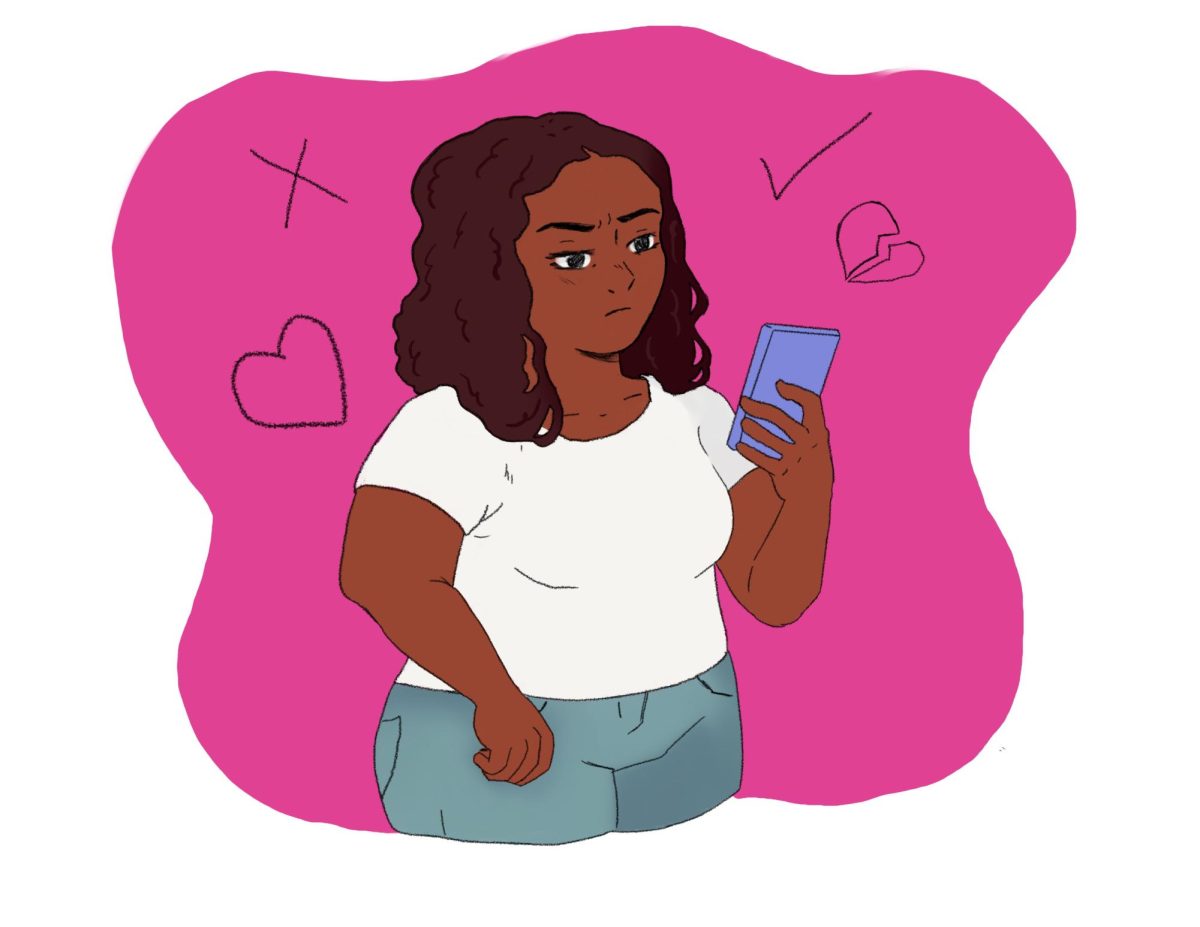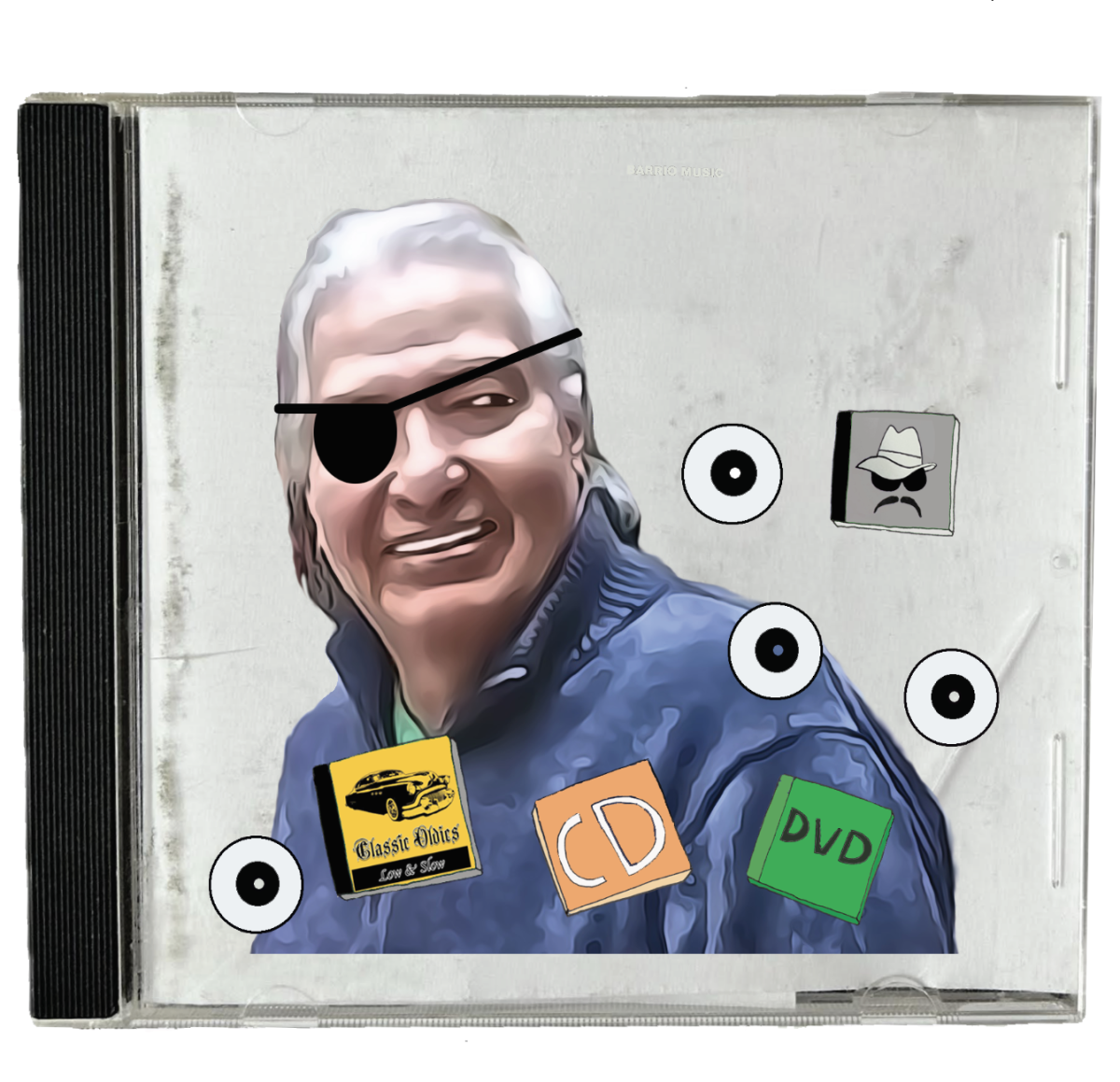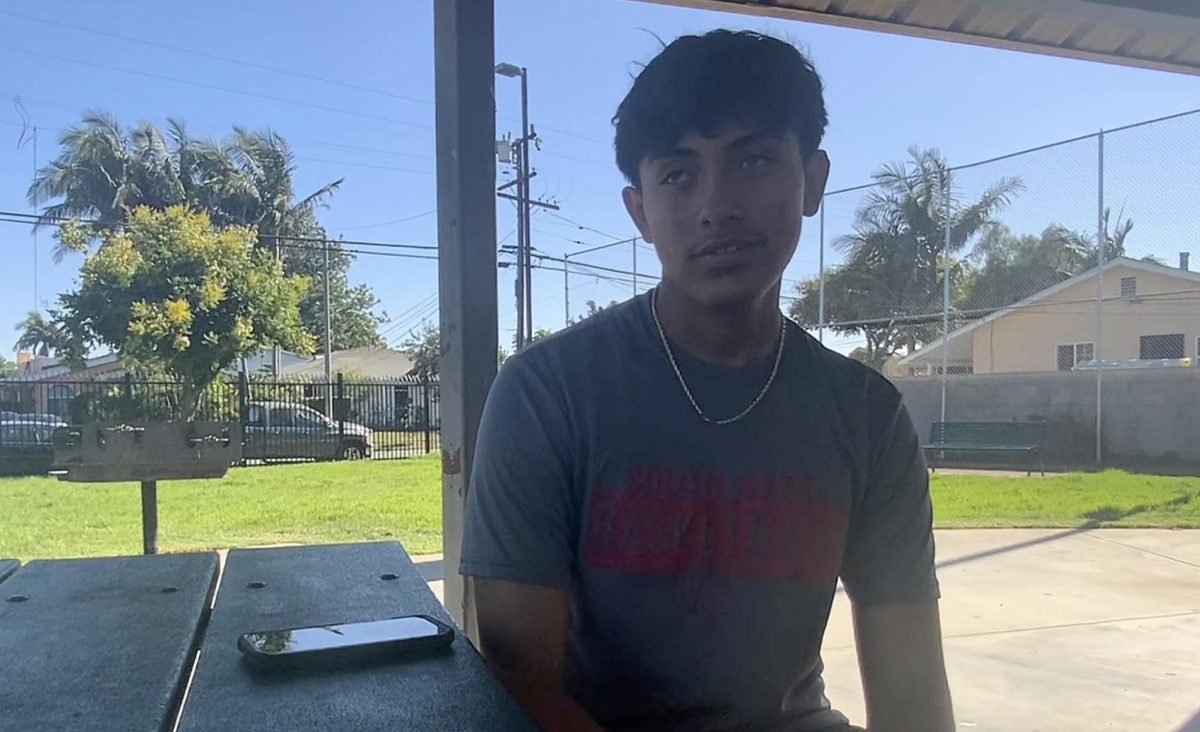As summer ends and school begins, libraries in Watts and Compton continue to offer essential resources, including tech tool lending and literacy kits to teach kids how to read, even as the California State Library pushes back against legislative budget cuts.
Watts has two prominent libraries: the Alma Reaves Woods-Watts Branch, managed by the city, and Willowbrook Library, managed by the county. Both libraries had high attendance this summer.
“This summer was the opposite of other years; in the past, we had less people, but everyone was coming to the library this summer. We had a lot of people here and I noticed it tapered down because the school year started,” Alma Reaves children’s librarian Alma Nichols said.
Nichols describes her library as a neighborhood hub where people come to get different needs met. Beyond the books, she describes a librarian’s official role as a responder to community needs.
In California, libraries are split into the Los Angeles County Library system, which serves unincorporated areas, and the LA Public Library system, which serves the city of Los Angeles.
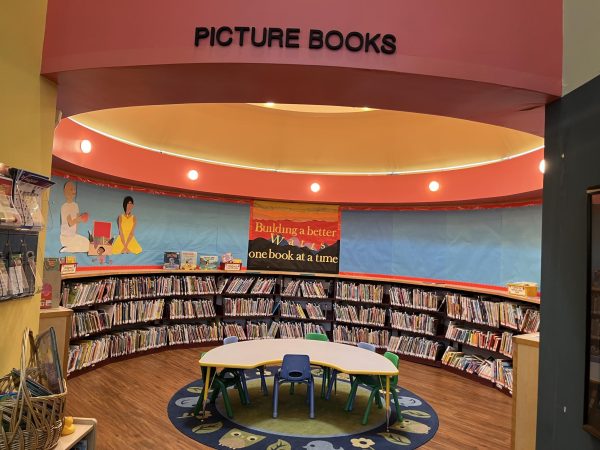
California has 1,127 libraries across 184 jurisdictions, including 88 county and 76 city libraries, plus bookmobiles.
With California experiencing its hottest July on record, libraries offer essential relief for community members, particularly the elderly and unhoused.
Both county and city libraries serve as official cooling centers in Los Angeles.
While cities and counties provide most of the funding, the state contributes additional money and maintains various statewide programs.
After a $38 million budget deficit was projected in January, Governor Gavin Newsom proposed significant cuts to statewide library funding in his May revision of the 2024-2025 state budget.
The original proposed cuts would have cut the Lunch at the Library Program, which provides free meals to children in participating libraries, among other reductions.
Pushback from groups like the California Library Association resulted in the program’s funding being partially cut instead.
Rather than being eliminated, the 2024-2025 state budget reduced lunch funding from $5 million to $3 million.
“It’s necessary to keep the libraries and their services open in these underprivileged areas,” said Community Library Manager Angel Nicolas, who is temporarily stationed in Compton.
The Compton library offers the free lunch program as well as a Book Bucks program that rewards kids who read with play money they can use at auctions the library hosts.
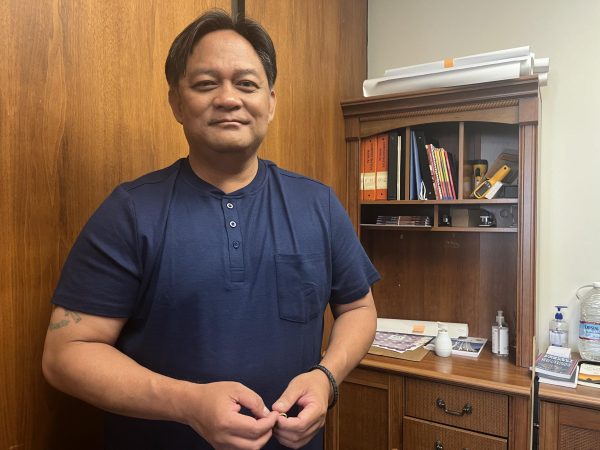
Also among the legislative cuts to libraries was a call to reduce state libraries by 7.95%.
“The State made a lot of operational reductions in preparing for the fiscal year ahead, and they’re asking state agencies to develop operational spending reductions of almost 8%—plus the elimination of various currently vacant positions, which is another way for the state to save money,” California State Librarian Greg Lucas said.
HelpNow is a two-year pilot program that offers free 24/7 online tutoring in a variety of subjects to anyone with a library card.
The program, offered in English and Spanish, has proven successful, with “3 million individual hits and 500,000 individual live tutoring sessions.”
However, the program is now in danger of becoming a casualty of the budget.
“And who’s using this service? Is it the people that can pay for an in-person tutor for their kid? No, so we turned in a budget request, and it’s a difficult year, so the Department of Finance says we’re not approving any budget increase proposals,” Lucas said. “Now we’ve been working since last January to try and keep that program because it’s cost-effective, and it’s actually helping people, and the numbers show it.”
Lucas, who has been in his position since 2014, says that while state-mandated cuts hinder the State Libraries’ goals, he is not worried about how the upcoming year’s budget is affecting the state’s libraries due to the small percentage that state money plays in county or city library budgets.
“[State funding] isn’t a huge ton of the library’s operating budget, right? Whatever city that library is in, or whatever county that library is in, it’s up to the county or the city to pay for 95% of whatever services those libraries provide,” Lucas said.
In response, the state library is using whatever money the state offers to fund and operate more digital programs that can be implemented statewide—things like online databases, audiobooks, streaming services, and educational software.
The state library is also committed to “bridging the digital divide” by ensuring that lower-income neighborhoods have access to high-speed internet at their libraries. Lucas said lower-income and rural areas suffer the most from a lack of reliable internet access, so they are prioritizing their remaining funding for digital equity.
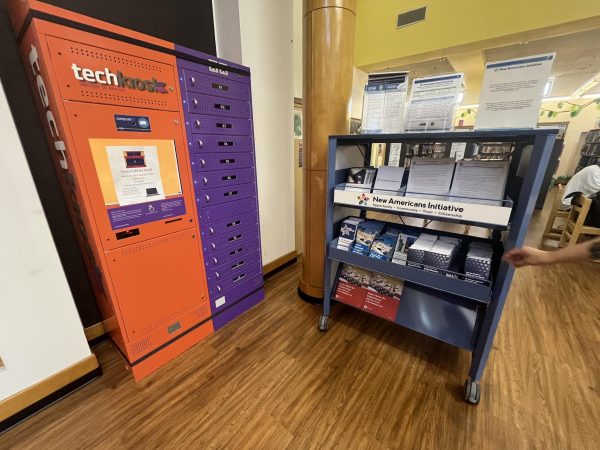
At Alma Reaves, Nichols said minor funding cuts led to the end of Tech-GO, a technology lending program that allowed her branch to lend laptops and hotspots for people to take home, as well as a minor reduction of their book-buying budget.
But, Nichols insists, librarians persevere.
In response to the loss of Tech-GO, another librarian spearheaded the acquisition of Tech-Kiosk, a different but similar program that lends laptops for in-library use only. The library also provides cello lessons courtesy of the Watts Willowbrook Conservatory.
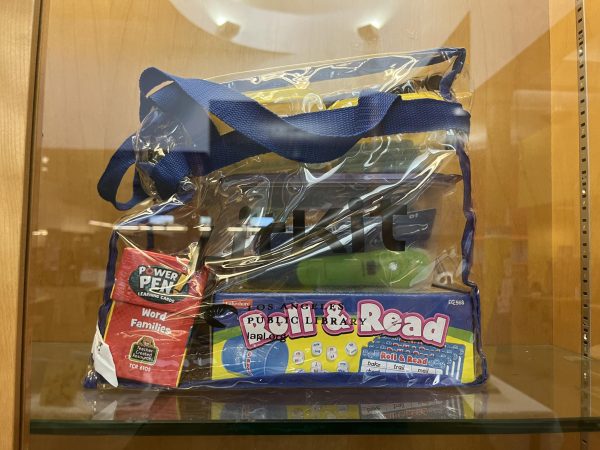
Nichols is most proud of the Lit Kits that are checked out and taken home. The kits are a specially designed collection of games and lessons that help parents teach their kids to read at home. She said they are the only library that offers them.
“There isn’t a single library in California that’s like another library. They are all different because every community is different, and every community has different needs,” State Librarian Lucas said. “What’s so amazing to me is that more often than not, public policy creators don’t recognize what value we get from investing in libraries.”

